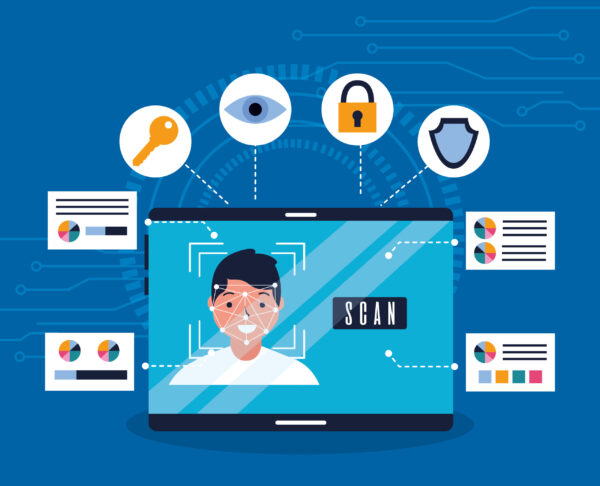In the age of data-driven technologies, the demand for faster, more efficient data processing has given rise to a transformative paradigm known as edge computing. As our digital ecosystem expands, traditional centralized data processing methods are facing limitations in terms of latency, bandwidth, and data privacy. Enter edge computing, a decentralized approach that brings processing closer to the source of data, promising enhanced performance, reduced latency, and improved privacy. In this blog, we’ll explore the significance of edge computing and how it’s shaping the future of data processing.
Understanding Edge Computing
At its core, edge computing involves processing data at or near the source of data generation, rather than relying solely on distant data centers or cloud servers. This means that instead of sending all data to a centralized location for processing, computations occur locally or in proximity to where the data is created. This approach aims to overcome challenges associated with latency, bandwidth constraints, and privacy concerns that arise in traditional cloud-based architectures.
Enhancing Data Processing
1. Reduced Latency: In applications requiring real-time responses, like autonomous vehicles and industrial automation, edge computing drastically reduces latency by processing data locally. This results in faster decision-making and enhanced user experiences.
2. Bandwidth Optimization: Sending massive amounts of data to centralized servers strains network bandwidth. Edge computing minimizes this strain by processing data locally, transmitting only relevant information to the cloud.
3. Offline Operations: Edge devices can continue processing data even when disconnected from the internet, ensuring uninterrupted operations in remote or unstable connectivity scenarios.
Improving Data Privacy
1. Local Processing: Sensitive data, such as personal health records or financial information, can be processed locally without being transmitted to a remote server, enhancing data privacy and reducing the risk of data breaches.
2. Compliance: Industries with stringent data protection regulations, like healthcare and finance, can achieve compliance by processing sensitive data at the edge, reducing the need to transmit data to external servers.
3. Anonymization: In cases where data anonymization is essential, edge computing allows for data to be anonymized locally before being sent to the cloud, protecting user identities.
Applications and Impact
1. Internet of Things (IoT): Edge computing is pivotal for the success of IoT devices, enabling them to process and respond to data quickly without relying solely on cloud resources.
2. Smart Cities: From traffic management to waste disposal, edge computing empowers cities to process data generated by various sensors and devices in real time, enhancing urban efficiency.
3. Healthcare: Wearable devices and health monitors can process patient data locally, ensuring prompt responses and maintaining privacy.
4. Retail: Edge computing enables retailers to analyze customer behavior in-store and provide personalized recommendations without sending data to a remote server.
Challenges and Considerations
While edge computing offers substantial benefits, it’s not without challenges. Maintaining security, ensuring consistent data processing standards, and managing the distributed architecture are all concerns that need to be addressed.
Conclusion
As our digital ecosystem continues to expand, the demand for faster data processing, reduced latency, and enhanced privacy has led to the ascent of edge computing. By distributing processing closer to the source of data, edge computing promises to revolutionize industries ranging from healthcare to smart cities. Its potential to transform data processing and safeguard privacy makes it a critical pillar in the evolving landscape of technology. As edge computing matures, we can anticipate a more efficient, responsive, and secure digital world that meets the demands of our data-driven society.




